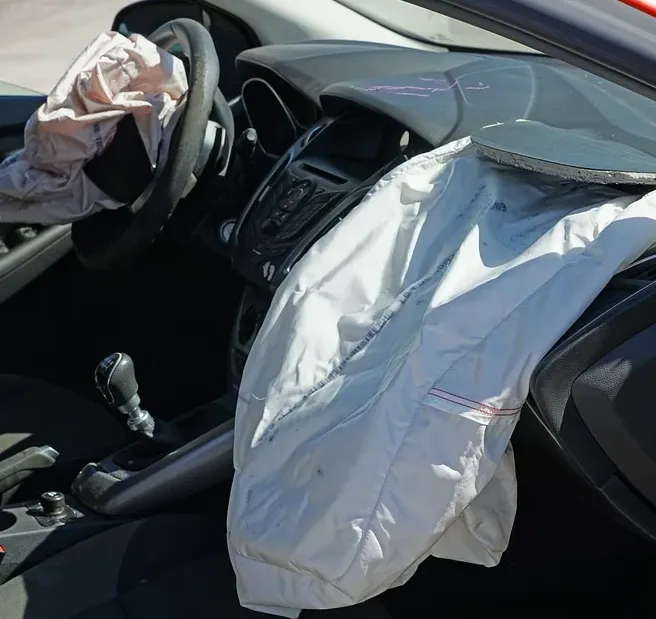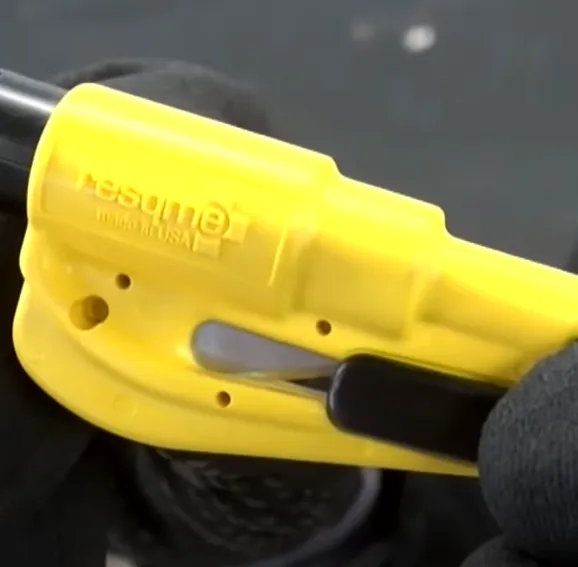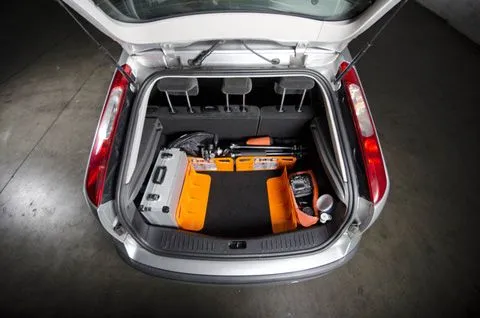5 Car Safety Facts Every Driver Should Know Before It’s Too Late
Always better to be ready even if you pray you’ll never need it.
Let’s be honest: in owning a car isn’t just convenient it’s practically a rite of passage. That four-wheeled passport to independence makes it easy to chase opportunity, run errands, or escape the daily grind with just a turn of the key.
But amid the allure of heated seats, sunroofs, and tech-packed dashboards, car safety often takes a back seat. Hidden beneath the shiny exteriors and horsepower hype is a world of life-saving knowledge details that rarely get passed down from parents, echoed in driver’s ed, or even discussed among friends.
Let’s uncover some surprisingly overlooked car safety truths.
We’re diving beyond the usual this isn’t about airbags, ABS, or seatbelts.
When it comes to owning a vehicle and staying safe behind the wheel, there’s a wealth of crucial insight still left unsaid.
Janette Fennell serves as the visionary founder and current president of Kids and Cars, a leading organization dedicated to vehicle-related child safety.
Here are her 5 essential car safety insights every family and vehicle owner should know.
1.) Carbon Monoxide is no joke
Modern vehicles are marvels of efficiency many don’t even need a key. Just a fob in your pocket, a press of the ignition button, and you’re in motion. With sleek advancements, however, comes an unintended side effect: engines that purr so silently, they can be dangerously forgettable.
So hushed, in fact, that some drivers have unknowingly left their cars running in the garage distracted by kids, groceries, or the chaos of daily life. The result? A silent buildup of carbon monoxide that can prove fatal. Install a carbon monoxide detector in your home. Ideally, place one near or directly inside the garage for an added layer of protection.
2.) Prepare yourself with a window breaker
There have been real-life cases of people becoming trapped inside their vehicles—sometimes due to a malfunctioning lock system, other times as a result of sudden floods turning cars into cages. In such moments, having the right tool can mean the difference between danger and escape. Enter gadgets like the Resqme window breaker.
This compact lifesaver isn’t just clever it’s fierce. Equipped with a razor-sharp seatbelt cutter and a powerful spring-loaded punch strong enough to shatter tempered glass, it’s engineered for emergencies when seconds count.
And speaking of quiet threats, today’s ultra-silent engines have led to tragic oversights. Picture this: you pull into the garage, your mind juggling kids, bags, and to-dos, and you forget to turn the engine off. Carbon monoxide creeps in, undetected. Safeguard your space with a carbon monoxide detector. For maximum protection, install one near or inside the garage itself.
3.) Knowledge is power when it comes to power windows
A mere 22 pounds of pressure is enough to collapse a child’s trachea. In contrast, a car’s automatic window can exert anywhere between 30 and 80 pounds of force more than enough to cause serious harm. And all it takes is an unintentional press of a button.
Many modern vehicles come equipped with a feature known as “one-touch up.” With a single tap, the window glides fully upward and in some models, even reverses automatically if resistance is detected. However, not all cars are created equal. In certain makes, especially for passenger-side windows, the button must be continuously held to activate the motor, offering a small buffer of control.
Modern vehicles often include a window safety mechanism known as “auto-reverse.” This intuitive feature detects any obstruction be it a hand, toy, or other foreign object preventing the window from closing completely. Instead, it halts and automatically rolls back down, averting potential injury.
To see if your car is equipped with this safeguard, try a quick test: place a roll of toilet paper or a soft pillow between the edge of the window and the rubber seal. Engage the window. If it stops and reverses course, your vehicle passes the test.
4.) Transmission lock knowhow
The majority of today’s vehicles run on automatic transmissions. That classic P-R-N-D lineup may appear straightforward, but behind those letters lies a finely tuned system packed with safety mechanisms. Among them is a feature known as BTSI Brake Transmission Shift Interlock.
This system prevents the shift lever from moving out of Park unless the brake pedal is firmly pressed. It’s a safeguard designed to stop accidental gear changes, especially when the vehicle is stationary. Depending on the make and model, the BTSI may be seamlessly integrated or controlled via a manual toggle that activates or deactivates the interlock. For clarity and safety, consult your vehicle’s owner manual and take a few minutes to test the system in your own car.
5.) Trunk trap tool
It’s a possibility no one wants to imagine—but it happens. Fortunately, modern vehicles have evolved with lifesaving innovations. If your car was manufactured in 2002 or later, it’s likely equipped with an internal trunk release mechanism. This hidden yet vital feature allows someone inside the trunk to escape quickly.
Take a moment to locate it usually a push or pull handle, often marked with a distinct symbol. Better still, upgrade it with a glow-in-the-dark tag for visibility in low light. And don’t stop there. Teach every family member how to find and use it. In emergencies, preparedness isn’t just smart it’s essential.
Cars offer freedom and excitement, but ownership also carries hidden risks. Knowing what they are and how to prepare for them can make all the difference.
To keep it engaging, Janette’s crafted a sharp, informative video.
In the video, she breaks down these potentially life-saving tips with precision offering a bit more reassurance for those of us entrusting our loved ones to the open road.
Learn about these safety tips in detail in the video below!
Please SHARE this with your friends and family
Source: Inside Edition, KidsandCars












